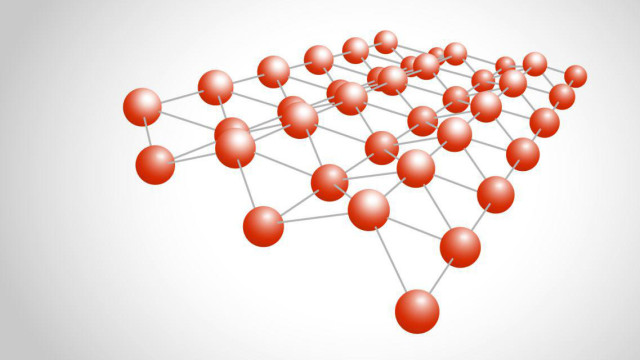
In the future, these structures may be used to develop compact optical devices, as well as to create an 'invisibility cloak.'

Overlooked brain area has a 'motherlode' of autism genes. These genes are mutated Rbfox1 - which regulates cell proteins. When Rbfox1 genes 'go awry', it can increase the risk of autism. Scientists discovered a region of cells full packed with Rbfox1 genes. This finding provides fresh drug targets for new therapies.

Produce and detect gravitational fields at will using magnetic fields, control them for studying them, work with them to produce new technologies -- it sounds daring, but one physicist has proposed just that in a new article. If followed, this proposal could transform physics and shake up Einstein

Physicists working at the Large Hadron Collider reported an unusual bump in their signal. But this time, they have no idea where the bump came from.

Planetary Resources and 3D Systems today showcased a model of part of a spacecraft from meteorite metals found in Argentina. The model was today showcased at CES in Las Vegas.

At the 2016 CES, IBM Watson and Pathway Genomics unveiled a new health app that takes the user's genes into account.

Graphene is the best-known two-dimensional material, with its atom-thick layers proving plenty of fascinating material properties. But now a team of scientists has developed a new material with a similar structure that they’re calling borophene.

Gene editing has come further than ever before. That means we need to start thinking further ahead than ever before.

In the next decade, people who have suffered a spinal cord injury or stroke could have their mobility improved or even restored through a radically new technology: implantable devices that can send signals between regions of the brain or nervous system that have been disconnected due to injury.

Try to imagine a tiny ball sitting on one fingertip yet also on your shoulder at the same instant. Are you struggling? Most of us can’t conceive of an object being in two places at once – yet physicists have just demonstrated the effect over a distance of half a metre, smashing previous records.

A team of UCLA led scientists have conjured a new magnesium based metal with the help of nanoparticles and it just might find application in a variety of industries ranging from aeronautics and space to automotive and biomedical.

Scientists may have discovered a new particle in nature - or it could be a glitch.

We are experiencing a new wave of innovation in health care - one that promises to create the smartest, most connected, and most efficient health systems the world has ever seen.

Today, much has changed when it comes to metals and materials in general, but one thing remains the same: It's advancement in this industry that drives innovations and breakthroughs everywhere else.

Basic physics suggests that electrons are essentially immortal. A fascinating experiment recently failed to overthrow this fundamental assumption.